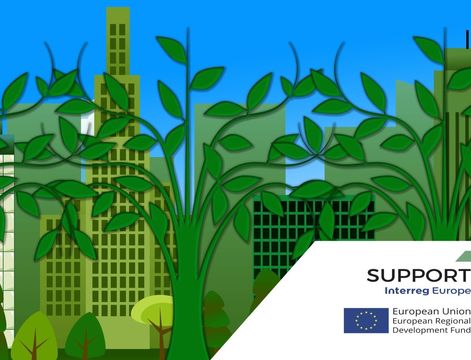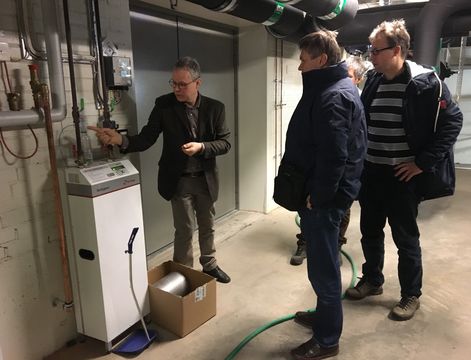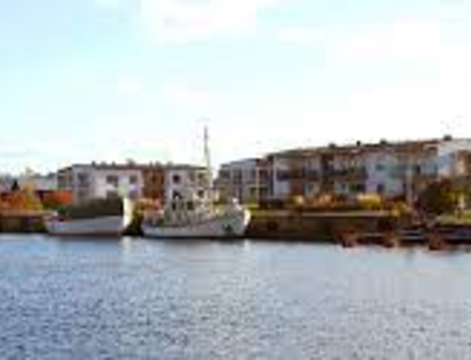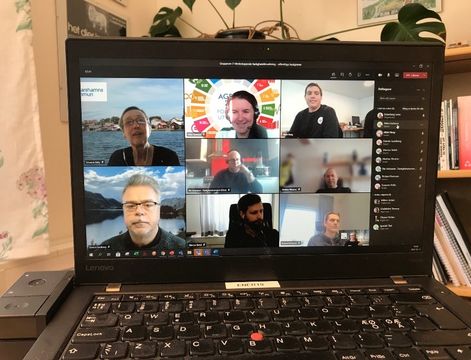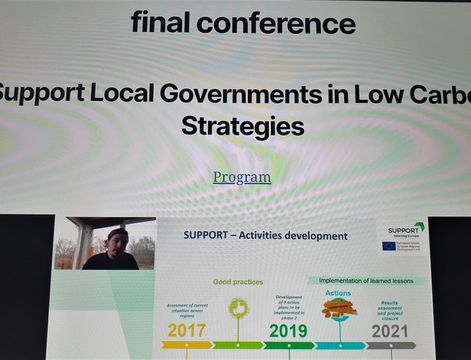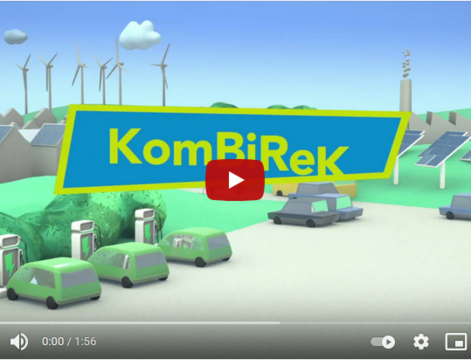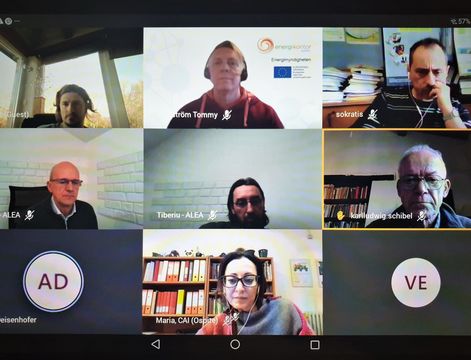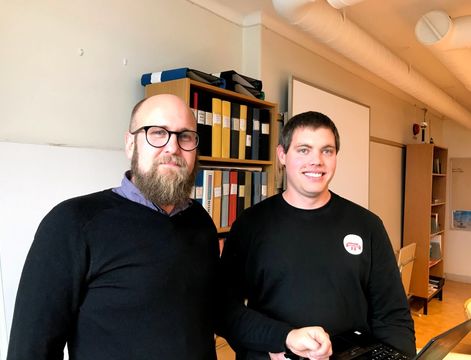Each partner's activities at regional level are varius and involve very important institutional, social and business facts .
The need to disseminate knowledge and good practices gained in these months, makes meetings and seminars of crucial value for the good success of the project.
The Energy Agency for southeast Sweden (ESS), during the 2nd semester, met with
three municipalities, Monsters, Hogsby and Emmaboda for spreading information and capacity building regarding the objectives of the project.

Photo by ESS
The Agency also had an internal meeting to share experiences from the project and also a meeting with three regional climate commissions, the regions of Kalmar, Kronoberg and Blekinge, to inform about the project.
In November they attended an event in Malmö organized by The Swedish Agency for Economic and Regional Growth. Title of the event was: Dialogue meeting for south of Sweden regarding the cohesion politics after 2020. 45 people from regional and local authorities attended the meeting,
The Swedish Agency for Economic and Regional Growth and The Ministry of Enterprise and Innovation jointly invited to a dialog meeting to discuss the future politics for the cohesion policy and funds. The aim was to collect regional experiences and based upon signs that EU might decrease the funding for upcoming programs. Therefore, it is important to find the sharp arguments for the future programme.
The seventh report from the commission was presented and discussed.
- How well does this follow the Swedish challenges, and the regional challenges?
- If the funding is decreased – what should be prioritized?
- What do we expect of the future work program?
- What are the experiences from the southern part of Sweden?
25% of the EU-funding in Sweden are through Interreg projects so there is a need for increased regional cofounding as the EU energy targets for 2030 will demand an increased effort by the regions. After the information sessions, a workshop took place. Several prioritized areas were highlighted, among them the climate, larger efforts to increase energy efficiency in all levels of the communities including buildings, to increase the share of renewable energy by finding innovative methods, the challenge of water supply. Another hinder addressed was the difficulties in connecting cross‐nuts‐borders (for the European regional structural funding).


